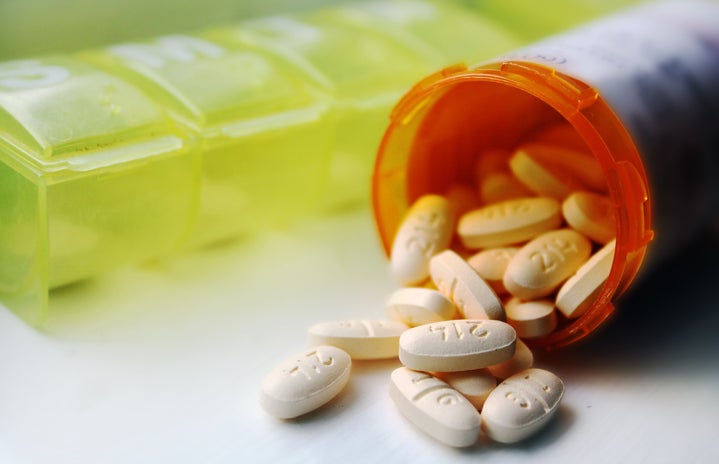The fourteenth day of November marks World Diabetes Day, a date created by the International Diabetes Federation (IDF) in partnership with the World Health Organization (WHO).
In order to make society aware of the implications of the disease, in various places of the world it is discussed about this which is one of the diseases that most affects and grows among the global population.
Currently, Brazil has more than 13 million people living with diabetes, according to the Brazilian Diabetes Society. And in a global context, a 2019 World Health Organization study shows that 1 for every 11 people has the disease.
Reaching 463 million adults in 2019, as indicated by the 9th edition of the International Diabetes Federation’s Diabetes Atlas, the number of people with the disease is expected to increase to 578 million and to 700 million by 2045.
Following the tradition that the date evokes, we brought here more information about the disease, its symptoms, causes, possibilities of diagnosis, treatment and, mainly, ways to avoid developing it throughout life.
Do you know what diabetes is?
Diabetes is characterized by the deregulation of insulin production by the body, or by the poor use of the one that is already produced. Resulting in cases of increased concentration of glucose in the blood.
Insulin is a hormone produced by the pancreas, and is responsible for regulating the amount of glucose available in our blood.Glucose is obtained through the food we consume as an energy source.
In the case of individuals with diabetes, insulin is not produced properly, impairing glucose utilization. Thus, the glucose level becomes higher, characterizing the hyperglycemia picture.This increased concentration of glucose in the blood can be divided into some types of diabetes:
- Type 1: in this case, the insulin produced is little or none. This type of diabetes occurs during childhood and adolescence , with some cases of people who are even born with the disease. Occurring in approximately 5 to 10% of patients, it requires daily application of insulin doses and is therefore insulin dependent .
- Type 2: the body is not able to produce enough insulin, or the one that is produced does not work properly. This is the type that occurs the most, reaching about 90% of patients. From people in their 40s, the disease is not insulin-dependent.
- Prediabetes: situations in which the person has great risks of developing the disease. It can be seen as the intermediary between normal state and type 2 diabetes.
- Gestational diabetes: occurring only in pregnancy, at any stage, is characterized when the body does not produce enough insulin. In most cases it should pass after childbirth.
There are also other types of diabetes, such as that is developed by genetic defects in the action of insulin or in the beta cell function of the pancreas. Or also that for diseases of the exocrine pancreas, such as pancreatitis, neoplasia, hemochromatosis and cystic fibrosis. And in addition to these types, there is one caused by defects induced by drugs or chemicals such as diuretics, corticosteroids, beta-blockers or contraceptives.
The main symptoms
The person with diabetes usually feels very well, however some mild changes in the body such as dehydration and polyuria, high urination. In addition, there is increased appetite, visual changes, sexual impotence, fungal infections on the skin and nails, wounds appearing mainly on the lower limbs, and taking time to heal. In some cases cardiac and renal disorders may also appear, and neuropathies caused by impaired nerve endings.
Although prediabetes situations do not usually receive diagnoses, patients usually have weight gain, ingest a diet rich in hypercaloric foods, are sedentary and have cases of diabetes in the family. In these contexts, it is recommended to seek medical advice to check blood glucose levels.
As main risk factors for developing diabetes, the main ones are obesity, lack of physical activity, hypertension, high levels of cholesterol and triglycerides, emotional stress, heredity, use of medications (especially those based on cortisone) and being over 40 years of age, more for type 2 diabetes.
Treatment and diagnosis
Once the disease is identified, the treatment is for life, since diabetes does not have a cure.
In the case of type 1 diabetes, insulin is applied directly to the subcutaneous tissue below the skin. The best places for application are abdomen, thigh, arm, waist and glutes. Type 2 diabetes does not depend on daily insulin application, and can be controlled by oral medications. Both cases require a balanced diet and regular practice of physical activities, to control the disease even better.
For optimal treatment, diagnosing as soon as possible is critical. It can be done through several tests, but the main ones are: fasting glycemia, glycated hemoglobin and glycemic curve.
Per year, spending on the disease reaches R$100 billion. Depending on the type of medication used, the cost ranges from R$500 to R$800 per month. Although several popular pharmacies make some medicines available for people with type 2 diabetes, the disease still requires a lot of investment.
What can happen if you don’t treat?
Untreated and remaining for a long time, diabetes can cause serious consequences on various organs, blood vessels and nerves.
The absence of diagnosis and consequent treatment can increase the risk of the emergence of various health problems, most of which can be totally preventable with controlled glucose levels.
The disease can cause complications such as glaucoma, cataracts, retinopathy, loss of foot sensitivity, vascular accidents, heart attack, erectile dysfunction and, during pregnancy, abortion or babies being born with hypoglycemia, macrosomia and icteristics, which leaves the newborn’s skin yellow.
How to prevent yourself from developing diabetes
The alteration of habits and customs of everyday life are the main measures to be taken to prevent the development of diabetes. In general, the adoption of a routine with healthy foods, without high levels of saturated fats and regular practice of physical exercises.
And for individuals with a family history of diabetes cases, attention should be slightly higher, controlling blood pressure whenever possible, avoiding medications that can harm the pancreas, not smoking and practicing physical activities frequently.
——————————————————————
The article above was edited by Laura Silveira.
Liked this type of content? Check Her Campus Casper Libero home page for more!



